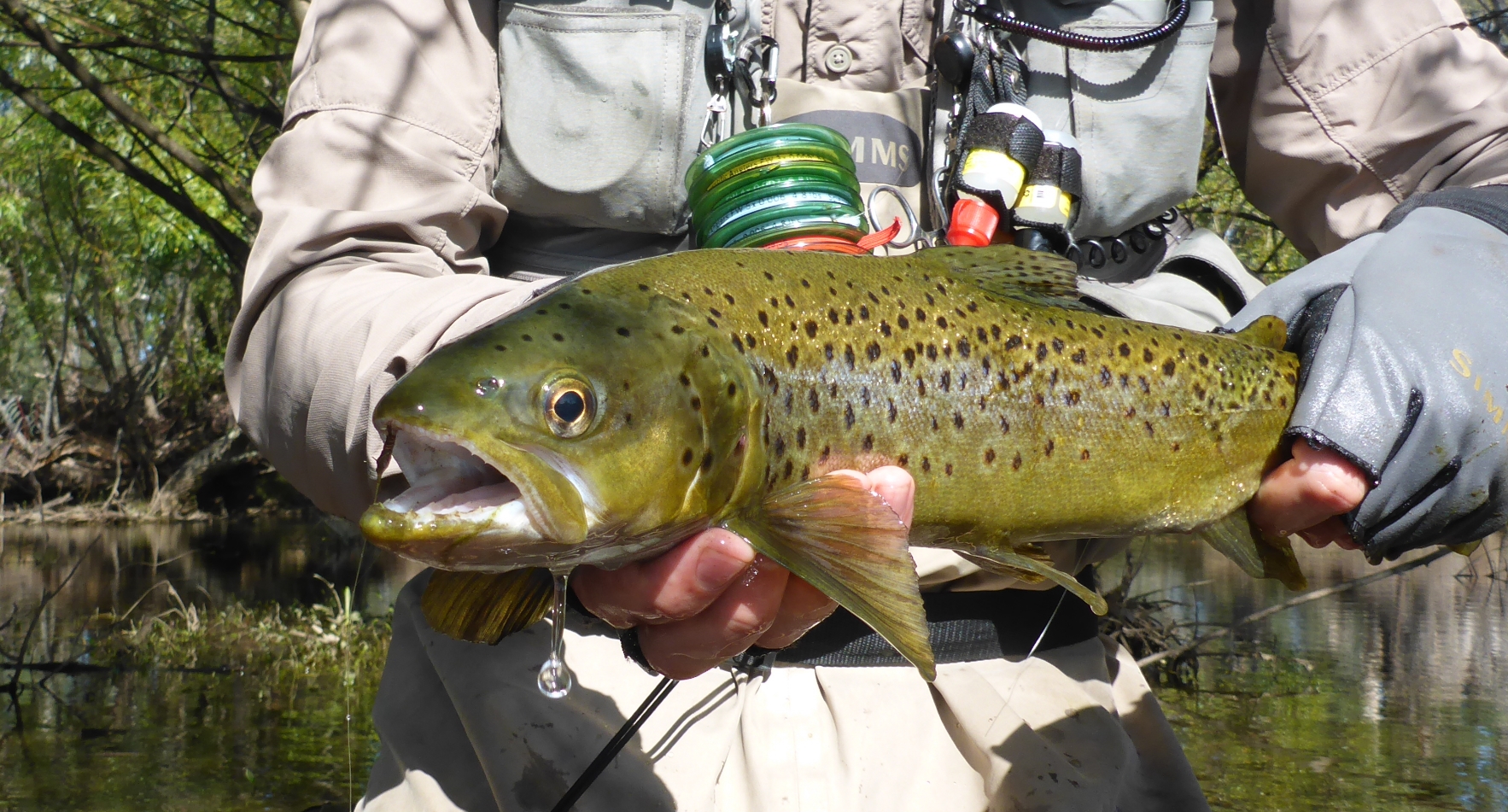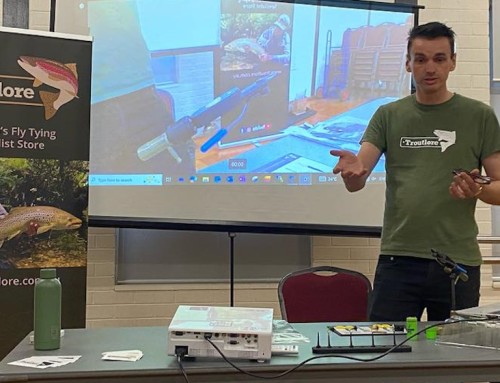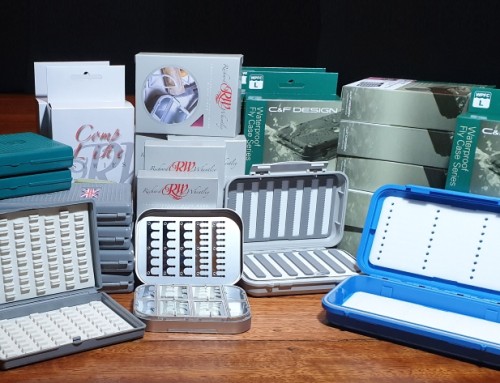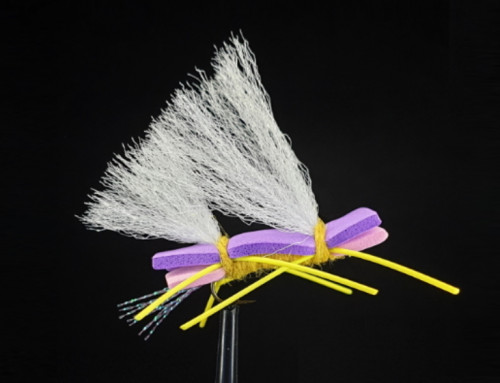There has been many books written on the subject. Magazines for years have been delivering the required information to help us out. YouTube has plenty of videos to show us how it’s done. But, there is only one way you can really catch trout on the fly… and that is to read this article.
So, now that you have done away with the worms, the powerbait, the hardbodied lures and the soft plastics, it’s time to really get down to the nitty-gritty of trout fishing and stand in a stream with a long rod in your hand. Tossing lumps of feather and fur wrapped around a hook is quiet simply the best way to enjoy yourself whilst not catching any fish. You can pontificate on the meaning of life, find yourself or get lost in nature and not even have a care in the world if you catch a fish at all. But, as much as we all love getting away from it all in the wild, the real reason we are getting wet ultimately is to catch a trout. So, what can be done to improve the chances of this happening?
The Rod
First thing’s first, you need to get yourself a good fly rod. Start with a 6 weight, that is usually a good all rounder. At least, it will seem to be until you’re throwing dry flies and want a little softer touch in your cast. So, with that in mind, you should pop out and get yourself a 5 weight too, for just this purpose. Naturally, once you’ve caught a six inch trout on this rod and couldn’t feel any struggle from the fish, you’ll want to consider something with a little more feel. This is where you’ll need to acquire a 4 weight. With this in hand, you’re little fish will feel a lot bigger, at least until you get it into the net. With this in mind, you’ll probably start chasing fish in smaller waters, simply because you can. Enter the need for a 3 weight rod, something shorter than most of your arsenal given that you’ll have less casting space. Great, this should get you through stream season until winter comes. Of course, you’ll probably fish some lakes in winter, trying to catch larger trout, so a 7 weight rod is going to be needed there too. Once you have all these, you’re about done. You’ll just need to get two of each, so you can vary the touch and feel for certain situations. And maybe a third 6 weight just in case you break one. Then… you can look into glass options.
The Reel
The other essential piece of hardware to compliment your rod. Of course, you most likely have somewhere between eight and fifteen rods by now and really, when you think about it, they probably all deserve their own matching reel. This just makes sense when you think about it. After all, your fast action, modern casting rods certainly need a slick modern designed reel to match up to them. But, you slower rods, the ones with a smoother feel just wouldn’t look right without a classically styled click and pawl reel. So, you’ll be wanting to get a few of each to match up to the rods. And maybe some spare spools for your favorites, so you can swap different weight lines with different reels to jump them between different rods. On top of this, you will be needing different tapered lines, including floating, intermediate and sinking lines, so you could get some additional spools for these, but it is probably simpler to just have these on completely different reels. Maybe a few of them to account for the line weights you’ll be needing. In short, it is pretty much essential to have at least three reels to every two rods, just to be sure.
That’s it for now. Next week we’ll discuss flies, tools and other equipment needed in the pursuit if trout. It’s a long journey to the catch, but one that you’ll all enjoy partaking in.







Leave A Comment
You must be logged in to post a comment.